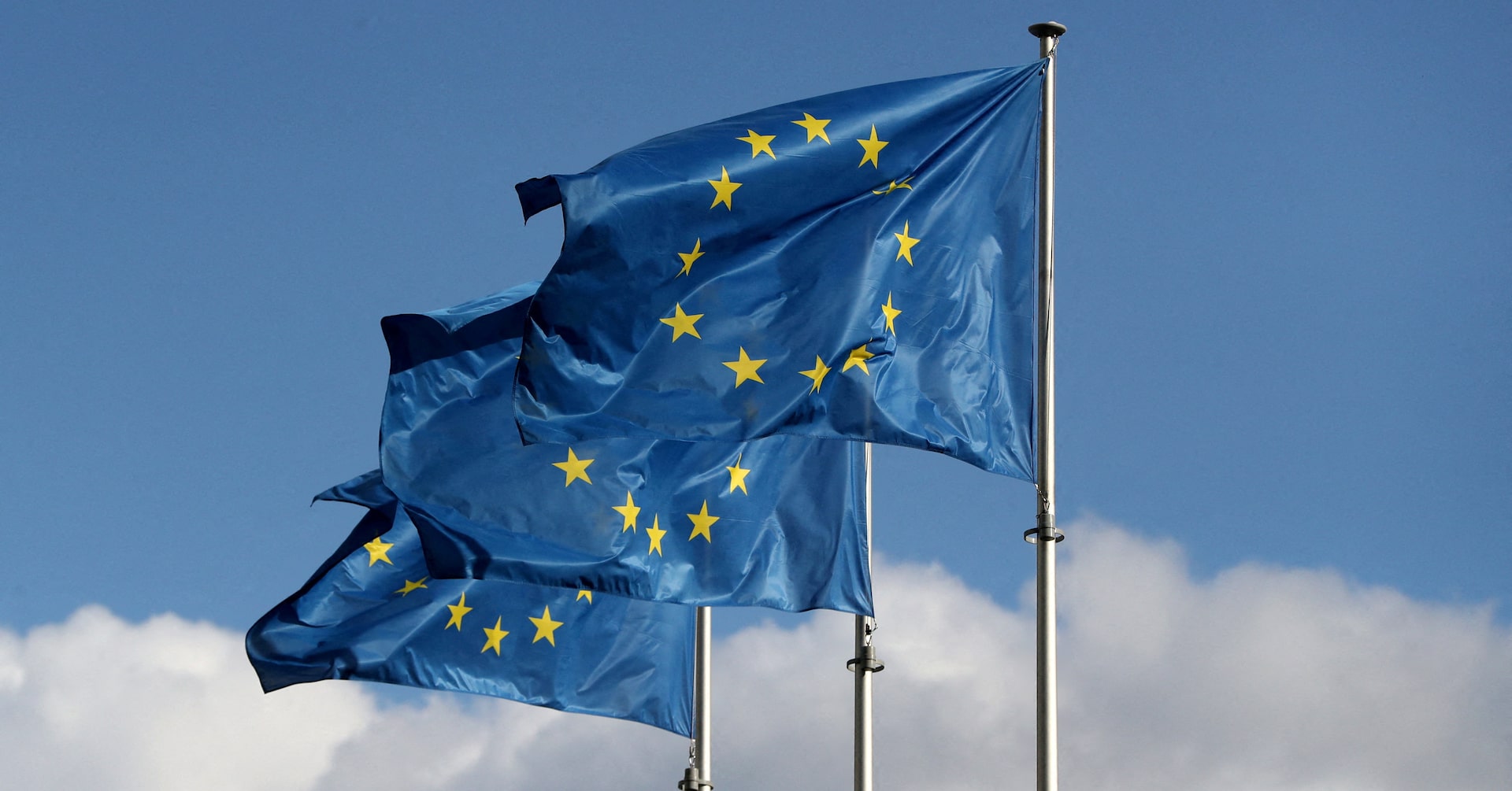Green Deal Breakthrough: EU Softens Carbon Border Tax for Small Businesses

In a strategic move to balance environmental policy with economic considerations, the European Commission is set to recommend exempting a significant portion of companies from its carbon border levy. The proposed exemption would target businesses that contribute minimally to overall emissions, specifically those responsible for just 1% of the scheme's total carbon output.
This nuanced approach suggests the Commission is carefully calibrating its climate strategy, seeking to minimize administrative burden while maintaining the core objectives of the carbon border mechanism. By focusing on the most substantial carbon-producing entities, the proposal aims to create a more targeted and efficient regulatory framework.
The draft proposal signals a pragmatic interpretation of the carbon border levy, recognizing that not all companies have an equal environmental impact. This approach could potentially reduce bureaucratic complexity while still maintaining pressure on major industrial emitters to reduce their carbon footprint.
As the European Union continues to lead global efforts in climate regulation, this proposed exemption represents a sophisticated balancing act between environmental ambition and practical implementation.

